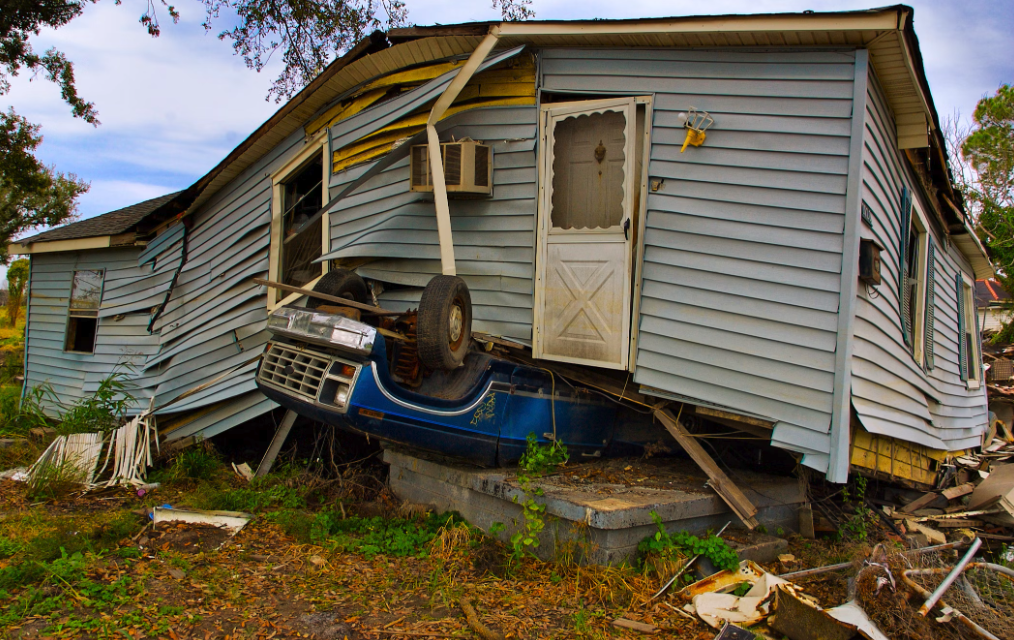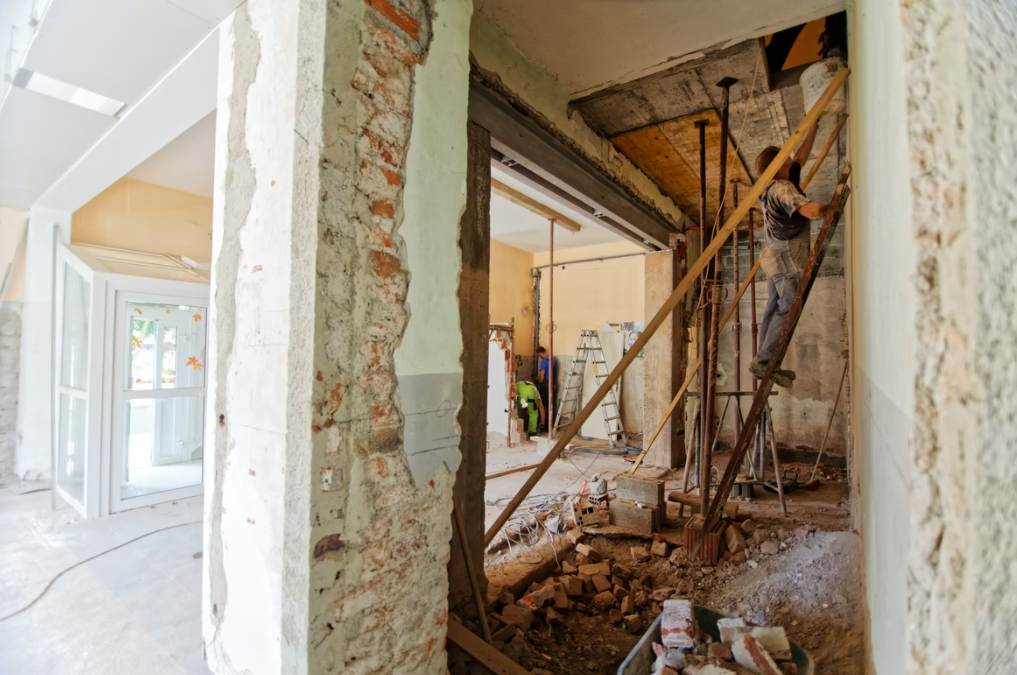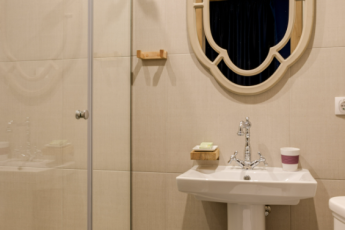Rebuilding and Restoring Your Home for a Wedding After a Disaster

Disasters can strike unexpectedly, leaving behind a trail of destruction that affects our homes and our lives!

The U.S. has faced 400 billion-dollar weather and climate disasters since 1980, according to the NCEI.In 2024 alone, there have been 24 such events, including tropical cyclones, severe storms, wildfires, and winter storms. These statistics highlight the increasing frequency and severity of natural disasters, making it crucial to be prepared for the unexpected.
For those planning significant life events, such as weddings, the aftermath of a disaster can be particularly devastating. However, with careful planning and determination, it is possible to rebuild and restore your home into a beautiful venue for your special day.
This article provides a comprehensive guide to the restoration process, enabling you to prepare your home for your special occasion.
Assessing Damage and Planning Restoration
Begin by inspecting the exterior for visible damage such as downed power lines, gas lines, and cracks in the foundation.
According to FEMA.gov, it’s crucial to avoid entering your home until an inspector has confirmed it’s safe, as there may be hidden hazards. Turn off the main electrical power and water systems to prevent further damage, and avoid handling electrical tools while standing in water.
Inside the home, check for ceiling sagging or unstable floors, which may indicate trapped water. Mold may also be a concern, especially in flooded areas, and can pose health risks to those with respiratory conditions.
Once you’ve identified the damage, create a list of repairs and prioritize based on their impact on both daily life and wedding preparation.
Cleaning and Restoring the Interior
After the damage assessment is complete, the next step is to focus on deep cleaning and restoring the interior of your home. Meticulously clean all disaster-affected areas, including floors, walls, and furniture, to eliminate contaminants and create a safe space for you and your guests.
If your home has suffered from water or smoke damage, consider hiring professional cleaning services. Experts in restoration and cleaning can provide specialized solutions that address these issues effectively, ensuring your space is both safe and presentable.
Disaster Masterz states that don’t let the stress of a disaster weigh you down. Many professionals offer free consultations to discuss your needs and provide reliable solutions to make your house feel like a home again.
Additionally, assess any damaged furniture. Depending on your budget and time constraints, you may choose to restore these pieces or rent new ones for your wedding event. This approach allows you to create a welcoming atmosphere while maintaining a sense of normalcy in your home.
Designing a Wedding-Ready Space
Transforming your living and event spaces into a wedding-ready venue requires creativity and thoughtful planning. Start by enhancing the ambiance with decorative elements such as lighting and floral arrangements, which can effectively mask any visible damage from the disaster.
According to Vogue, it’s beneficial to designate separate areas for arrivals, the ceremony, reception, and after-party. This layout not only creates a smooth flow of traffic but also allows for distinct atmospheres for each part of the celebration.
To ensure the most atmospheric setting for your ceremony, test out potential locations beforehand. Take photos at the time of day you plan to marry to assess lighting conditions.
If parts of your home or garden are still under renovation, consider using temporary structures like tents or canopies to provide space. These structures can create a beautiful outdoor setting while protecting guests from unpredictable weather. As your event winds down, transition into smaller spaces for after-reception festivities, making the gathering feel intimate and cozy.
Working with Contractors for Time-Sensitive Repairs
When working with contractors for time-sensitive repairs, clear communication and early planning are essential. Start by discussing your wedding date with the contractors as soon as possible to set realistic deadlines for repairs and restoration. This allows them to schedule work around your event and prioritize the most crucial repairs.
However, be aware that there may be unforeseen delays. According to Forbes, a labor shortage in the trades industry has been affecting home renovation timelines for several years. This has led to longer wait times and higher costs for services.
Many tradespeople, including electricians and plumbers, are in short supply, and material shortages caused by the Covid-19 pandemic have further slowed down progress. This shortage can delay your project or drive up expenses, making it critical to factor in these realities when planning for wedding preparations.
Collaborating with contractors who can offer flexibility when needed can help ensure that your home is ready for the big day.
Alternative Wedding Venue
If your home restoration isn’t complete in time for your wedding, don’t worry. You can always book an outside wedding venue for your celebration.
Rental venues are a popular option, providing space for your ceremony and reception without the added pressure of home restoration. Research venues that align with your wedding style, whether it’s an elegant ballroom, a rustic barn, or a chic rooftop.
Outdoor venues, such as gardens, parks, or beaches, offer a beautiful natural backdrop and can be ideal if you want a scenic, relaxed atmosphere. These venues often allow for flexibility in design and decoration, enabling you to create your dream wedding setting.
When selecting a venue, factor in rental fees, catering costs, and other related expenses. The Madison Event Center notes that many venues offer all-inclusive wedding packages that take care of everything, from décor to food. These customizable packages typically include ceremony and reception spaces, decor, signature cocktails, and unlimited beer, wine, and soft drinks.
FAQs
What are the most challenging aspects of rebuilding a home after a disaster?
The most challenging aspects of rebuilding a home after a disaster include assessing structural damage, dealing with insurance claims, and coordinating repairs. Additionally, navigating the emotional toll of the disaster while ensuring safety and compliance with regulations can add complexity.
What are the best temporary structures to use if parts of the home or garden are under renovation?
The best temporary structures for weddings during home or garden renovations include tents, marquees, or canopies. These can provide shelter for guests, protect from weather, and create a dedicated event space. For larger gatherings, consider frame tents, while smaller, more intimate events may benefit from pop-up canopy tents.
What factors should I prioritize when choosing a rental venue for my wedding?
When choosing a rental venue for your wedding, prioritize location, guest capacity, availability, and budget. Consider the venue’s ambiance, amenities, and flexibility with décor and catering. Ensure it aligns with your wedding style and logistical needs, such as parking, accessibility, and backup plans for the weather.
Rebuilding and restoring your home after a disaster is undoubtedly challenging but also presents an opportunity for renewal and growth. As you move through this process, keep in mind that every step toward restoration goes beyond merely fixing physical damage. It’s about rediscovering joy in life’s meaningful moments, such as weddings.
With careful planning, you can transform your living space and life circumstances into something beautiful as you celebrate love and new beginnings.








